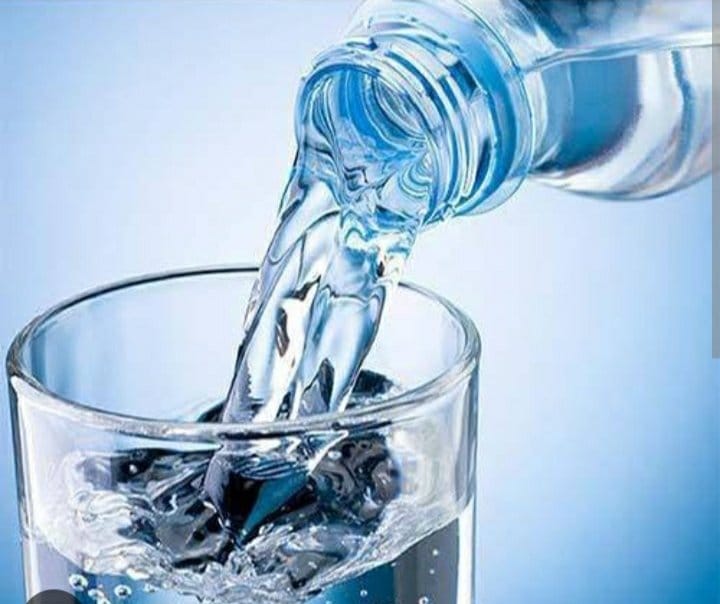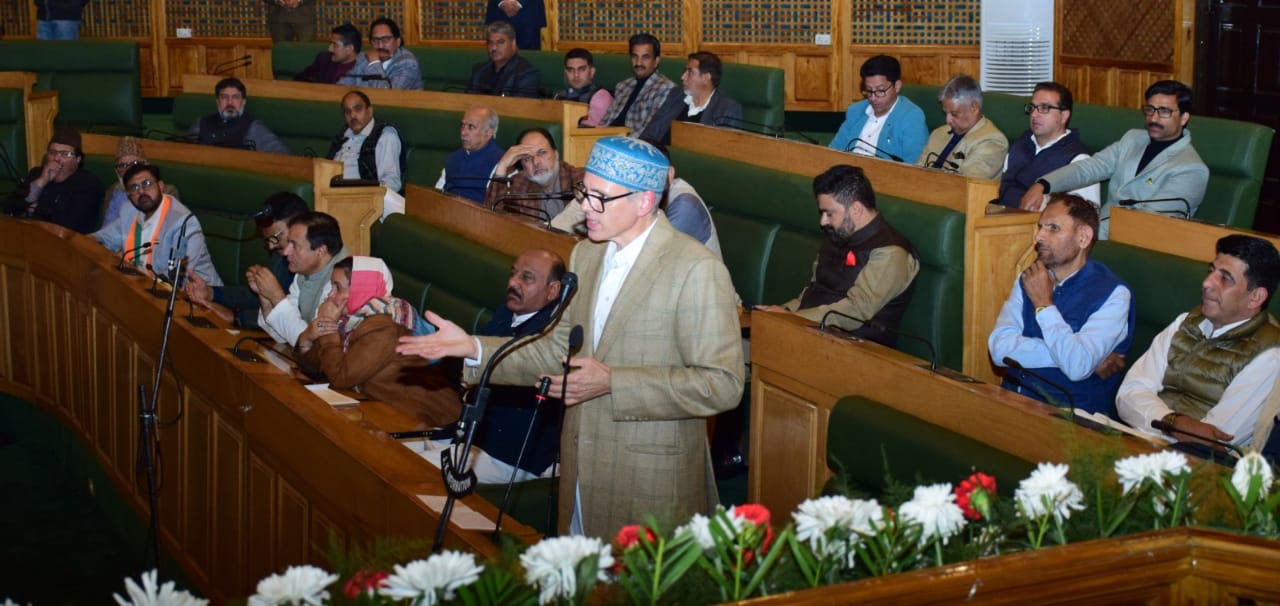The Indian water purification market is growing consistently with the rising popularity of Reverse Osmosis (RO). While they eliminate impurities present in water, the elimination of essential minerals such as calcium and magnesium is a concern. This situation increases health risks and makes people vulnerable to joint pain, coronary heart disease, and back pain.
Why the demand for ROs is growing?
- Groundwater quality in many areas is a big concern. They encounter issues like an unpleasant smell, a brackish taste, high chlorine, and others, forcing people to use RO water.
- Widespread RO water plants enhance the ease of using purified waters, encouraging more people to opt for them.
- Moreover, people also choose to install RO machines in their homes, as they are available across the country.
- Rapid urbanization further fuels the demand for clean water, particularly due to groundwater contamination and the issues associated with the water provided by the municipality.
RO Purification Process and Concerns
- ROs consist of a semi-permeable membrane with holes ranging from 0.0001 to 0.001 microns.
- These holes block contaminants such as chemicals, dissolved solids, bacteria, viruses, etc. when water is passed through them under pressure.
- RO water usually displays 18 to 25 mg/l of Total Dissolved Solids (TDS), indicating a lack of essential minerals.
- This TDS level is extremely low compared to the TDS limit suggested by the World Health Organization (WHO). As per the WHO, the ideal bracket for TDS is 600 to 1000 mg/l.
- To address the issue, RO manufacturers have emphasized integrating TDS controllers or modulators and mineral infusion cartridges or mineralizers into machines. The controller helps in setting up TDS levels, while mineral cartridges add specific minerals into the water during the purification process.
Significance of water purification and supply in India
- Less than 50% of Indians have access to clean drinking water, resulting in the prevalence of waterborne diseases.
- This causes a burden of $600 million on the Indian economy every year.
- This situation demands urgent attention from governments and other stakeholders to find the best possible solution to ensure clean drinking water for all.











